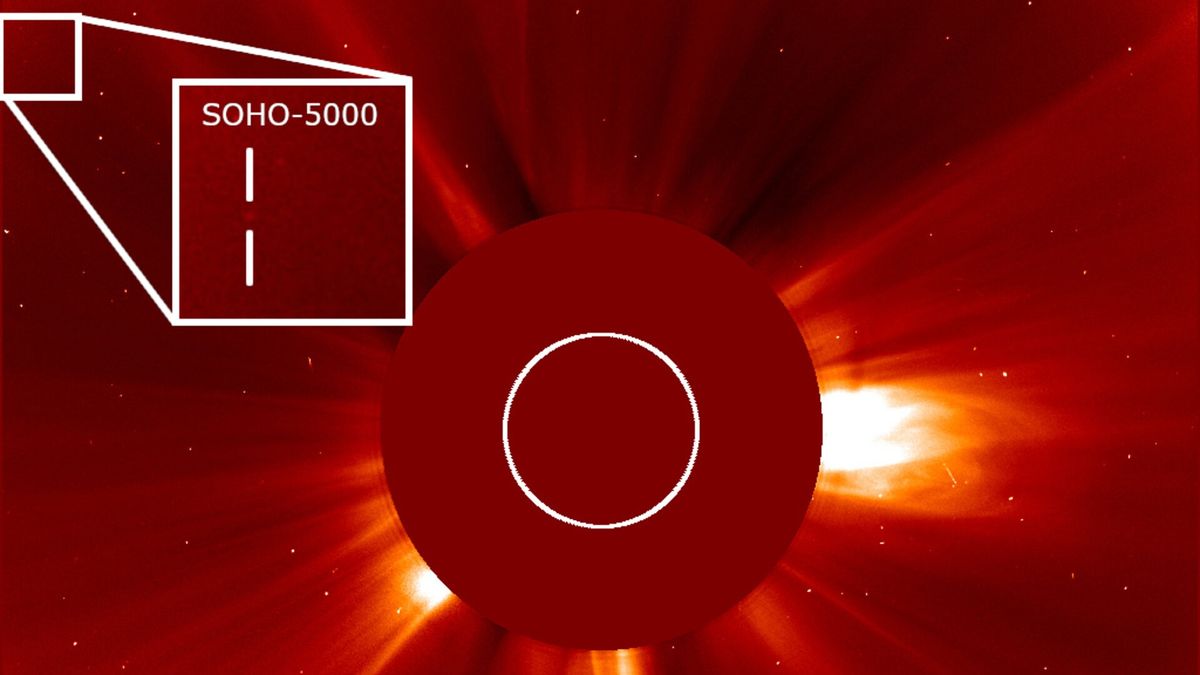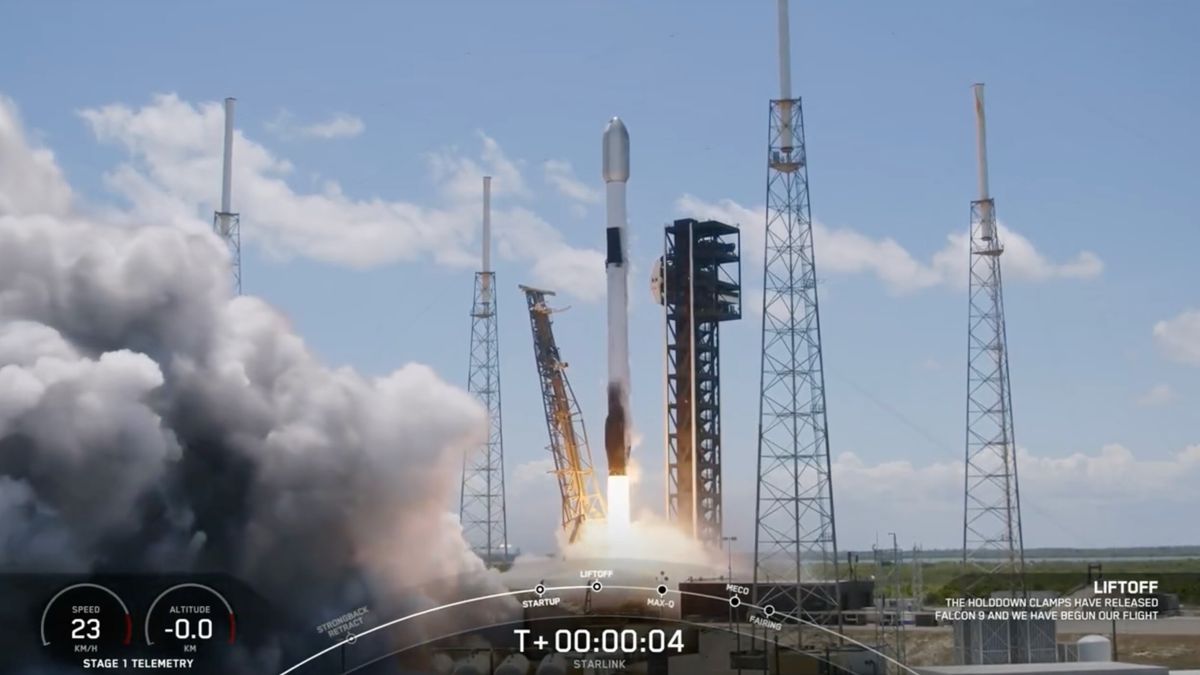The Solar and Heliospheric Observatory (SOHO) Surpasses Expectations
In December 1995, the Solar and Heliospheric Observatory embarked on a $1 billion mission to study the sun, traveling nearly a million miles from Earth. Initially expected to be a two-year endeavor, SOHO has far exceeded expectations, becoming the longest-lived satellite dedicated to observing our star. In addition to its primary mission, SOHO has unexpectedly become a prolific comet hunter, recently reaching a significant milestone by discovering its 5,000th comet on March 25, over 28 years since its launch.
Unprecedented Discoveries by SOHO
Equipped with instruments designed to mitigate the intense glare of the sun and study its faint outer atmosphere, also known as the corona, SOHO employs a technique that helps it spot comets, particularly “sungrazer” comets that navigate perilously close to the sun’s scorching surface. Prior to SOHO’s launch, only a handful of sungrazers were documented, highlighting the groundbreaking discoveries made possible by this observatory.
Space scientist Karl Battams from the U.S. Naval Research Lab remarked on SOHO’s pivotal role in comet detection, noting that the observatory has identified more than half of all known comets to date, a majority of which are sungrazers. The Sungrazer Project, a NASA-funded effort involving global volunteers, has been crucial in analyzing the data and uncovering thousands of sungrazing comets over the past two decades.
Details of SOHO’s 5,000th Comet
The 5,000th comet discovered by SOHO belongs to the Marsden group of comets, one of three major classes known to approach the sun closely. Identified as a tiny icy rock, this comet is believed to be a first-generation descendant of the comet 96P/Machholz, a significant celestial body with a regular orbit around the sun every 5.3 years. The Marsden group comprises a limited number of comets, with just 75 members out of the 5,000 observed by SOHO.
Prior observations conducted by SOHO have indicated cometary shards and an extensive dust trail associated with 96P, suggesting that its fragmentation has spawned other comets, including the recent 5,000th discovery. Citizen scientist Hanjie Tan, a dedicated member of the Sungrazer Project from an early age, was credited with identifying the milestone comet, showcasing the valuable contributions of amateur astronomers to significant astronomical research.
Significance of the 5,000-Comet Dataset
Besides marking a remarkable numerical achievement, the dataset comprising 5,000 comets represents a valuable resource for scientists to analyze trends in cometary orbits and characteristics. Furthermore, the study of sungrazing comets offers insights into the sun’s magnetic field, which influences the formation and trajectory of comet tails. This ongoing research not only sheds light on the dynamics of comets but also enhances our understanding of the sun’s magnetic influence on celestial objects.
Image/Photo credit: source url





